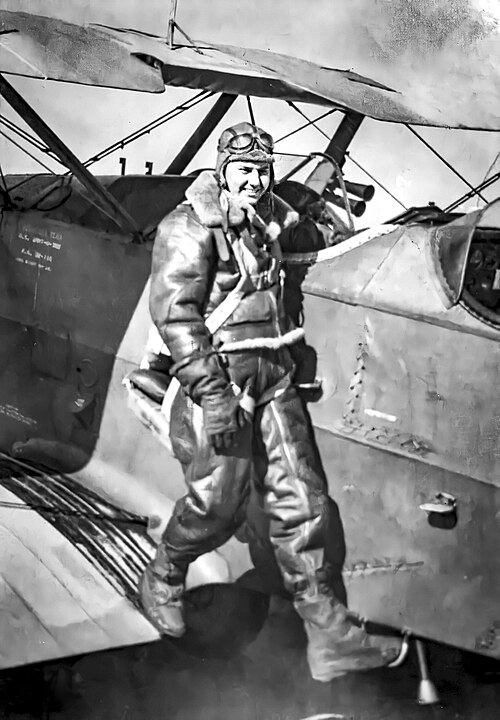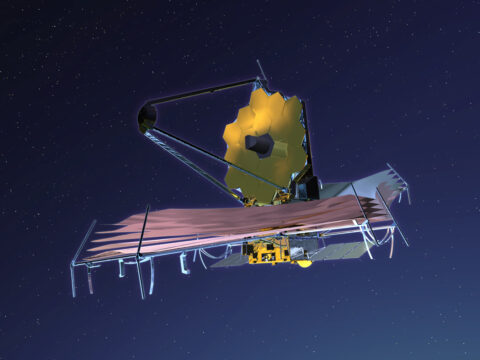Aviation has been shaped by fearless pilots who pushed the boundaries of what was possible in the skies. From early pioneers who dared to dream of powered flight to combat aces and test pilots breaking the sound barrier, these aviators made history with their skill, innovation, and bravery. Each of these legendary figures was not only masterful in the cockpit but also left a lasting legacy through their remarkable aircraft and groundbreaking achievements. Their flights weren’t just journeys; they were transformative moments that marked significant leaps in aviation technology and inspired generations of pilots to come.
These famous pilots didn’t merely fly; they redefined what humanity could accomplish in the air. Figures like the Wright brothers, who took the first steps into powered flight, and Chuck Yeager, who shattered the sound barrier, changed the trajectory of aviation history forever. Their legendary aircraft, from the Spirit of St. Louis to the Bell X-1, have become symbols of courage and innovation. As we explore the lives and accomplishments of these aviators, we’re reminded of how their daring contributions continue to influence the skies, shaping the world’s fascination with flight.
Contents
Wilbur and Orville Wright – Wright Flyer

Wilbur and Orville Wright often celebrated as pioneers of flight, achieved the first powered, controlled flight in 1903 with their aircraft, the Wright Flyer. Their success wasn’t just a matter of invention; it resulted from years of methodical research and experimentation, setting a foundation for modern aeronautics. Their approach combined mechanical knowledge and innovative engineering, focusing on wing design, controls, and propulsion. The Wright Flyer’s maiden flight marked the beginning of the aviation age, and their work has inspired generations of engineers and pilots alike. The Wright brothers’ legacy lives on, not only in the aircraft industry but also in their spirit of determination and curiosity that continues to shape human progress in aviation.
Charles Lindbergh – Spirit of St. Louis

Charles Lindbergh became an aviation legend in 1927 with his solo nonstop transatlantic flight from New York to Paris in the Spirit of St. Louis. This historic 33-hour journey made him an international hero and an enduring symbol of courage and resilience. Lindbergh’s feat significantly boosted public interest and investment in aviation, paving the way for commercial air travel. His meticulous planning, unwavering focus, and engineering modifications to his aircraft demonstrated his dedication to the craft. Lindbergh’s achievements underscored the potential of long-distance flight, and his legacy lives on in the advancements of intercontinental aviation.
Amelia Earhart – Lockheed Vega

Amelia Earhart broke barriers not only for women but for all aviators through her record-breaking flights and fearless spirit. In 1932, she became the first woman to fly solo across the Atlantic Ocean in her Lockheed Vega, solidifying her place in aviation history. Earhart’s accomplishments extended beyond her flights as she worked tirelessly to inspire future generations, advocating for gender equality in aviation. Her mysterious disappearance in 1937 during her attempt to circumnavigate the globe only added to her legendary status, with her legacy still inspiring exploration and adventure in aviation.
Bob Hoover – North American P-51 Mustang and Rockwell Shrike Commander

Known as the “pilot’s pilot,” Bob Hoover was revered for his masterful control and unparalleled skill in the cockpit. He served as a fighter and test pilot, flying more than 300 different types of aircraft, including the P-51 Mustang and the Rockwell Shrike Commander. His incredible aerobatic performances, including energy management maneuvers, showcased his technical prowess and dedication to safety in flight. Hoover’s talent in demonstrating precise aircraft handling won him the admiration of pilots and aviation enthusiasts worldwide, establishing him as an aviation legend whose techniques are studied and respected today.
James H. Doolittle – B-25 Mitchell Bomber

James H. Doolittle, a World War II aviator and aeronautical engineer, became a household name with his daring “Doolittle Raid” in Tokyo in 1942. Leading a squadron of B-25 Mitchell bombers in the first air raid on Japanese soil, Doolittle’s mission boosted American morale and marked a turning point in the war. Known for his scientific approach to flying and contributions to blind flying techniques, Doolittle also played a significant role in advancing aviation technology and strategy. His military and technological contributions left an indelible mark on aviation history, solidifying his status as a legendary pilot.
Louis Blériot – Blériot XI

Louis Blériot, a French aviator and inventor, made headlines in 1909 as the first person to cross the English Channel in a heavier-than-air craft. Flying his self-designed monoplane, the Blériot XI, he successfully bridged England and France, proving the feasibility of international flight. This historic achievement demonstrated the potential of aircraft for long-distance travel and inspired others to pursue aviation. Blériot’s work in aircraft design and manufacturing helped set the stage for commercial aviation, with his name becoming synonymous with early aviation innovation and daring exploration.
Chuck Yeager – Bell X-1

Chuck Yeager’s groundbreaking 1947 flight in the Bell X-1 made him the first pilot to break the sound barrier, a feat that transformed the understanding of supersonic flight. Yeager’s accomplishment demonstrated the limits of human and mechanical endurance and opened new frontiers in aeronautics. His skill and bravery in facing unknown forces at unprecedented speeds earned him legendary status in aviation. As a test pilot, Yeager continued to push boundaries, with his pioneering work influencing the development of supersonic and spaceflight technology and leaving a legacy of courage and innovation.
Paul Tibbets – Enola Gay

Paul Tibbets made a profound impact on history as the pilot of the Enola Gay, the B-29 Superfortress bomber that dropped the atomic bomb on Hiroshima in 1945. Tibbets’ role in this pivotal moment of World War II changed the course of the conflict and left a lasting impact on the world. While his mission was met with mixed reactions, Tibbets’ skill as a pilot and leader is undisputed, and his flight marked a significant moment in military and aviation history. His legacy, though complex, highlights the powerful role aviation played in shaping the modern world.
Howard Hughes – Hughes H-4 Hercules (Spruce Goose)

Howard Hughes, an aviator, engineer, and filmmaker, was renowned for his daring flights and ambitious aircraft designs. His most famous aircraft, the massive H-4 Hercules, also known as the Spruce Goose, remains the largest flying boat ever built. Although it flew only once, Hughes’ obsession with pushing engineering limits inspired a new generation of aeronautical innovation. Hughes’ accomplishments in aviation include breaking speed records and designing forward-thinking aircraft, with his legacy resonating in both the aviation industry and popular culture as a symbol of ambition and ingenuity.
Eddie Rickenbacker – SPAD S.XIII

Eddie Rickenbacker, America’s most decorated ace during World War I, earned his fame through skill, bravery, and tactical intelligence. Flying the SPAD S.XIII, he scored 26 aerial victories, making him a celebrated hero of the time. Rickenbacker’s tenacity and instinct in the skies demonstrated the vital role of air power in warfare. Following the war, he continued his aviation career as a businessman, contributing to the growth of commercial aviation. His legacy as a fearless ace pilot and aviation advocate endures as an example of courage and perseverance in the face of danger.
This article originally appeared on MyCarMakesNoise.
More from MyCarMakesNoise
10 Classic Cars from the ’60s and ’70s with the Worst Engines

The 1960s and 1970s were an iconic era for car design and culture, but not every model from this time is remembered fondly. While many vehicles became famous for their style and performance, others were plagued by underperforming engines that tarnished their reputations. Read More.
13 Durable SUVs That Are Known For Their Longevity

Selecting an SUV that combines reliability with enduring build quality can be a smart investment for drivers who value long-term performance. These models stand out for their proven track records in maintaining robust functionality and comfort over extensive periods, making them ideal choices for those planning to keep their vehicle for many years. Read More.
13 Rare American Sports Cars You’ll Likely Never See on the Road

American sports cars are renowned for their bold designs, powerful engines, and the indelible mark they leave on the automotive world. From iconic muscle cars of the 1960s to modern-day engineering marvels, these vehicles symbolize freedom, innovation, and raw power. Read More.














